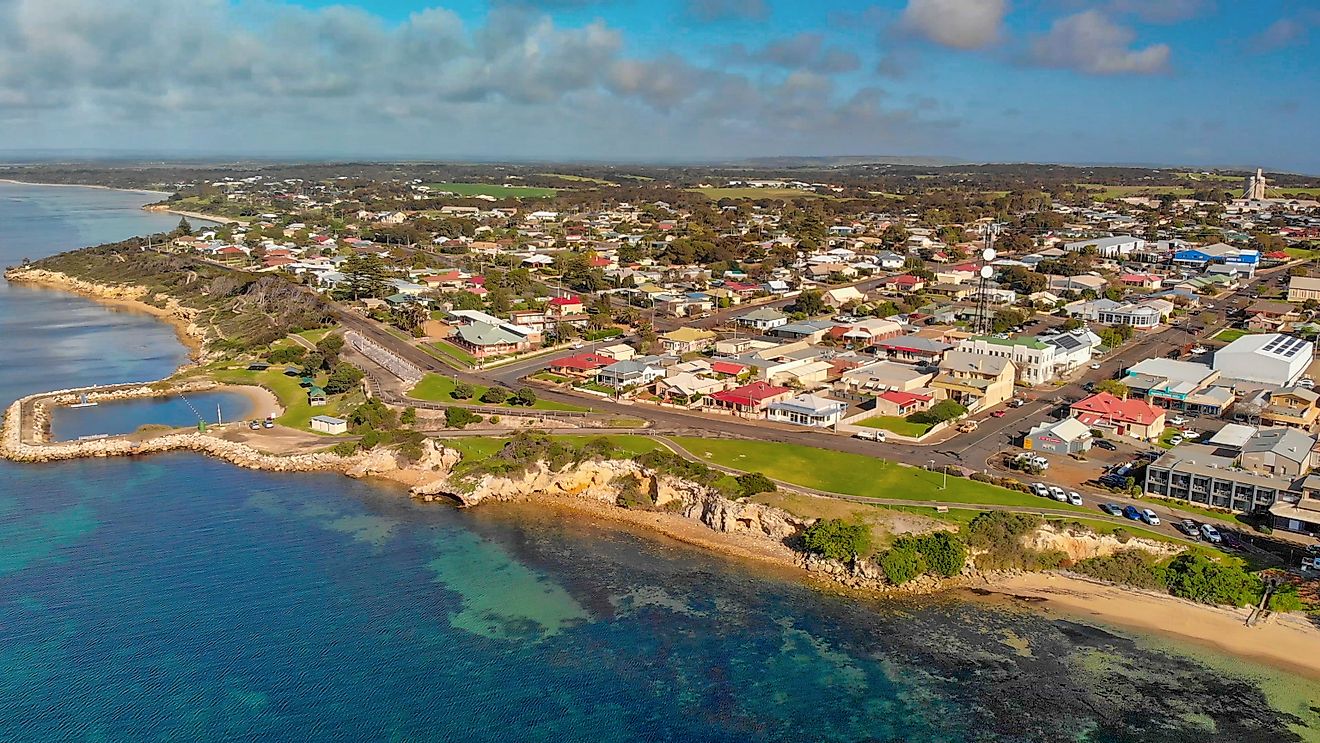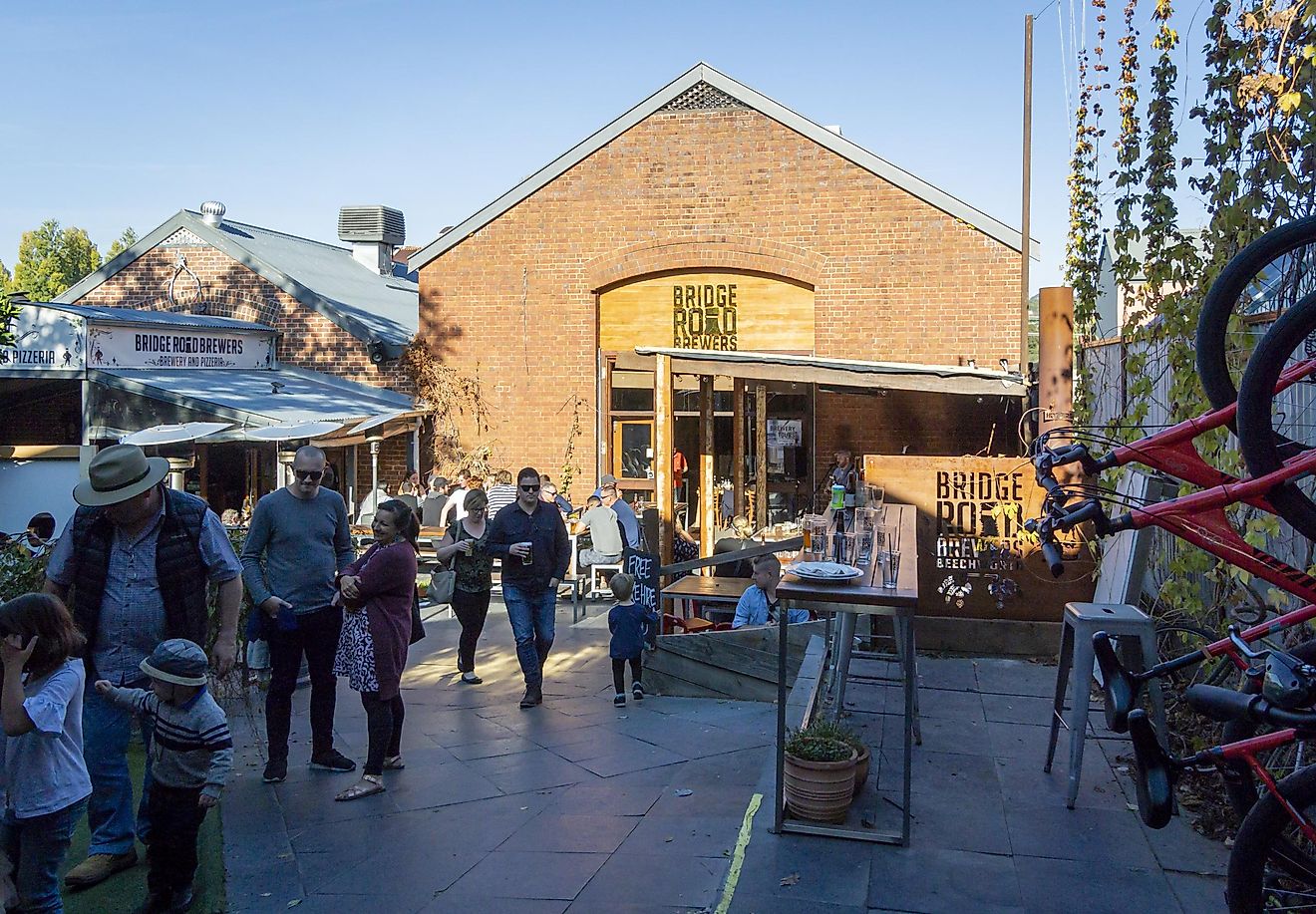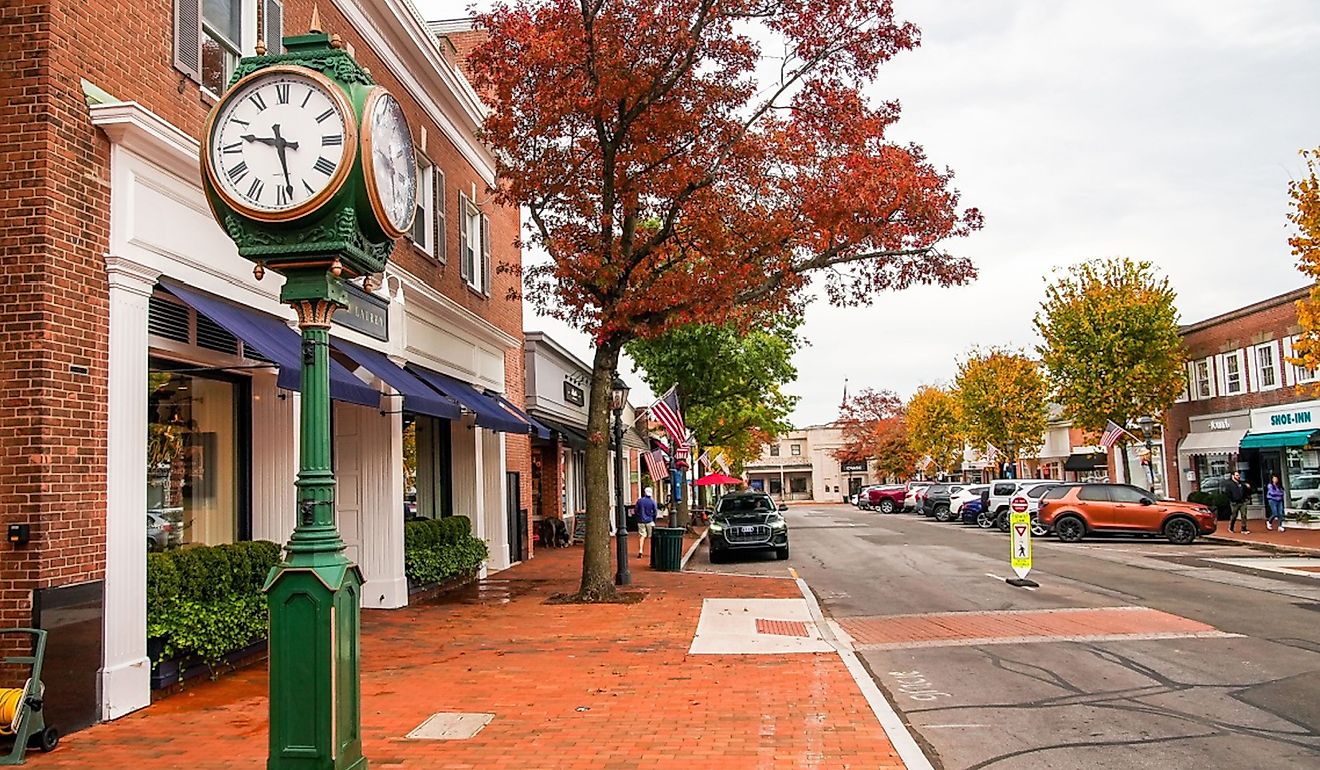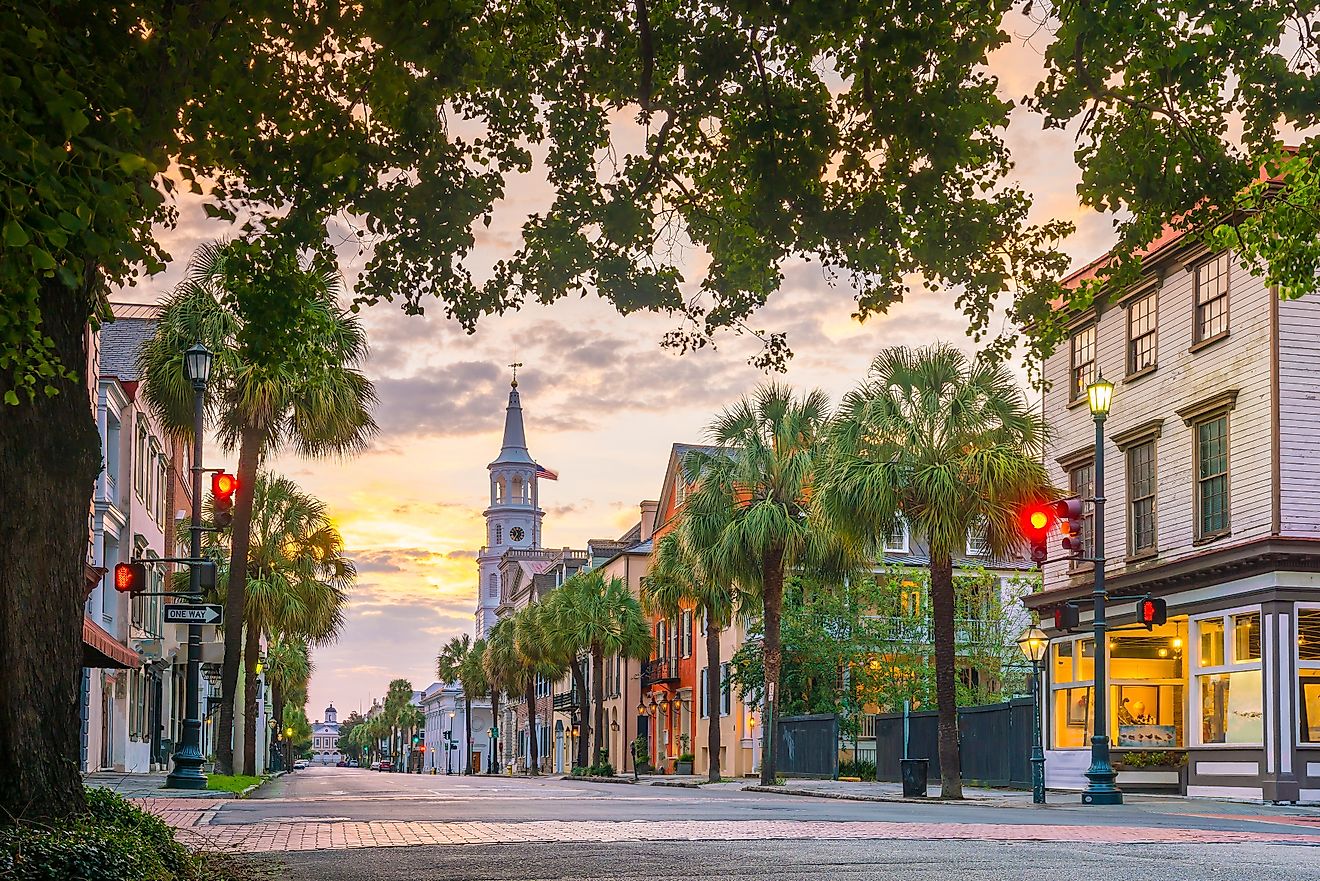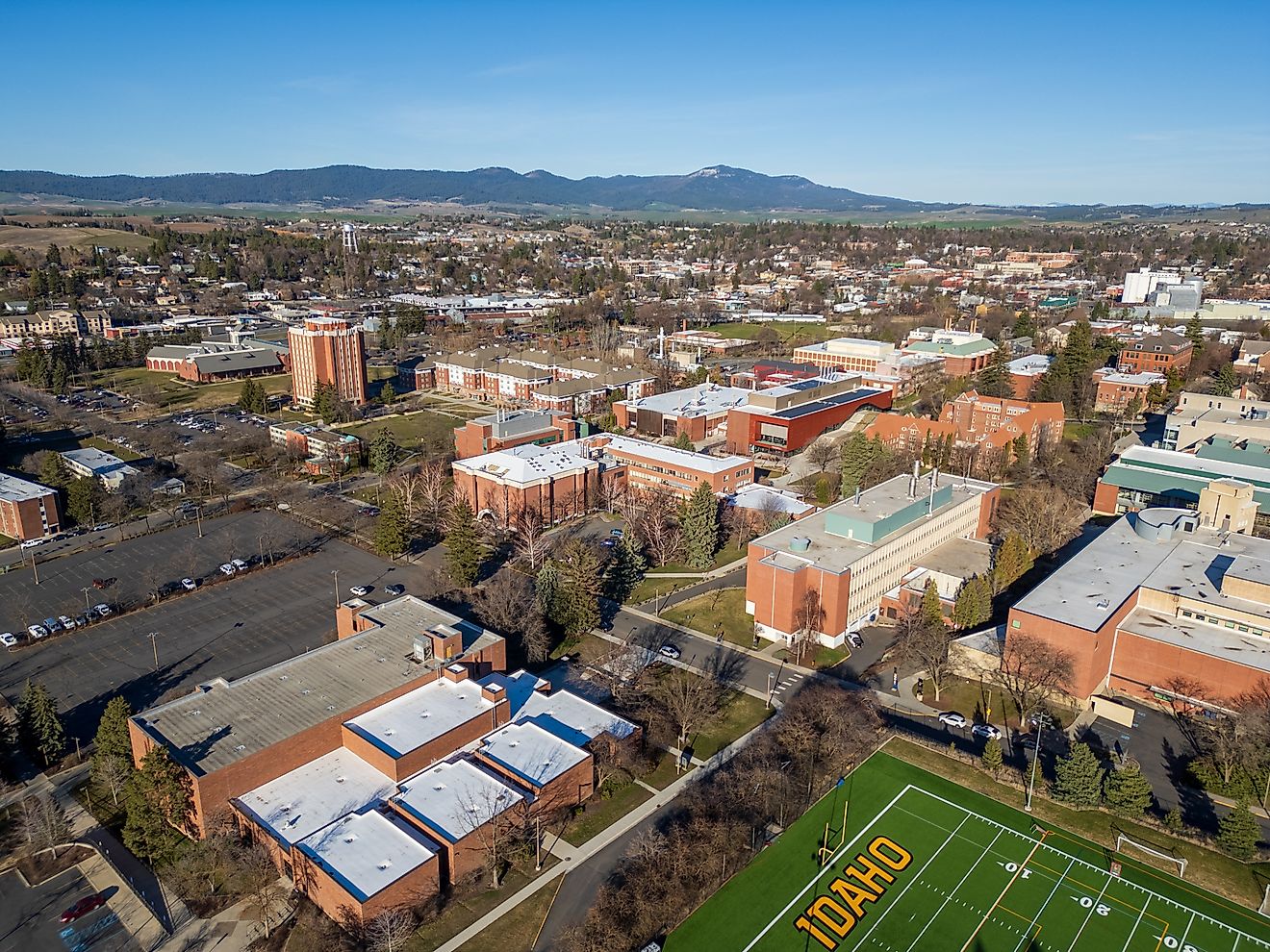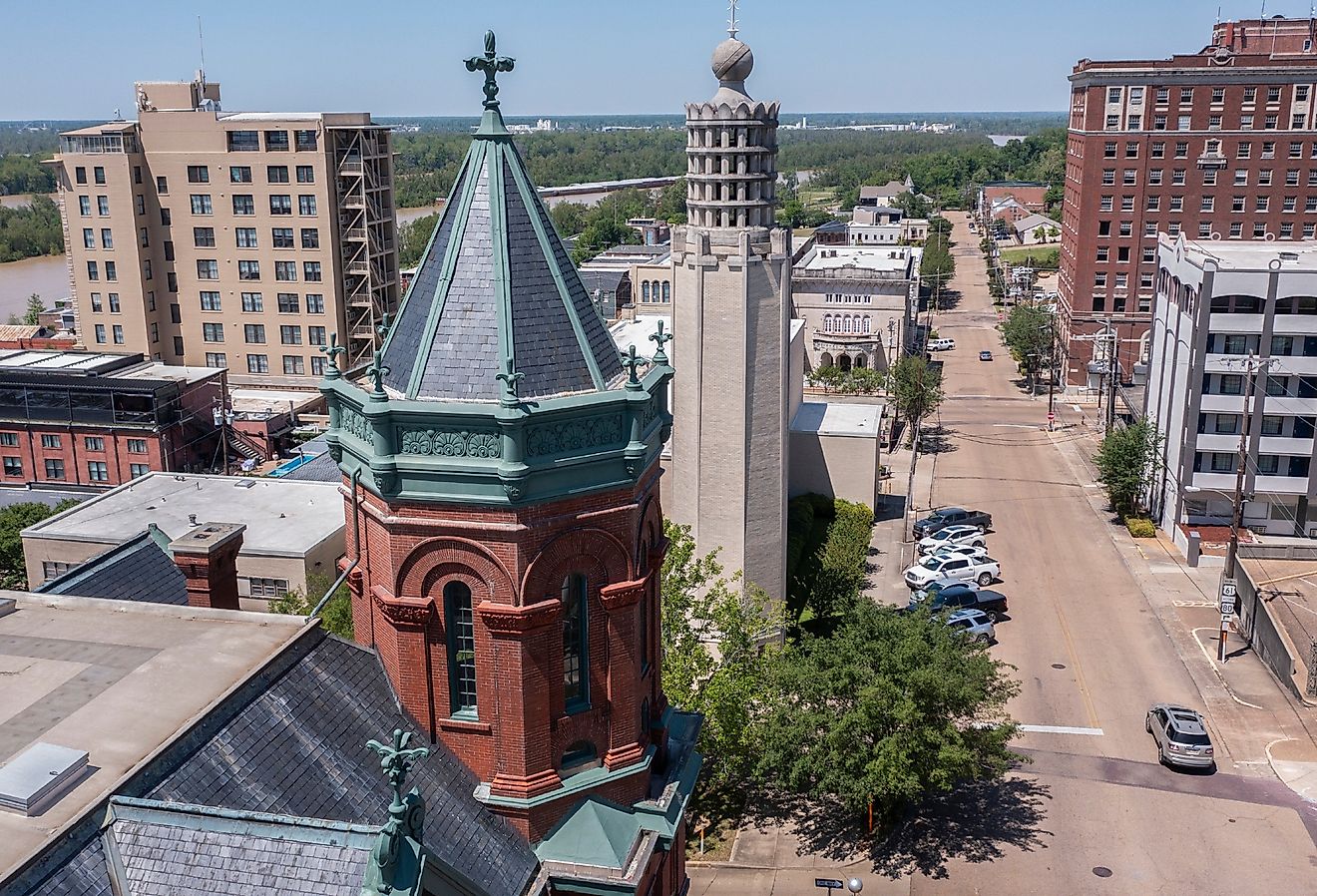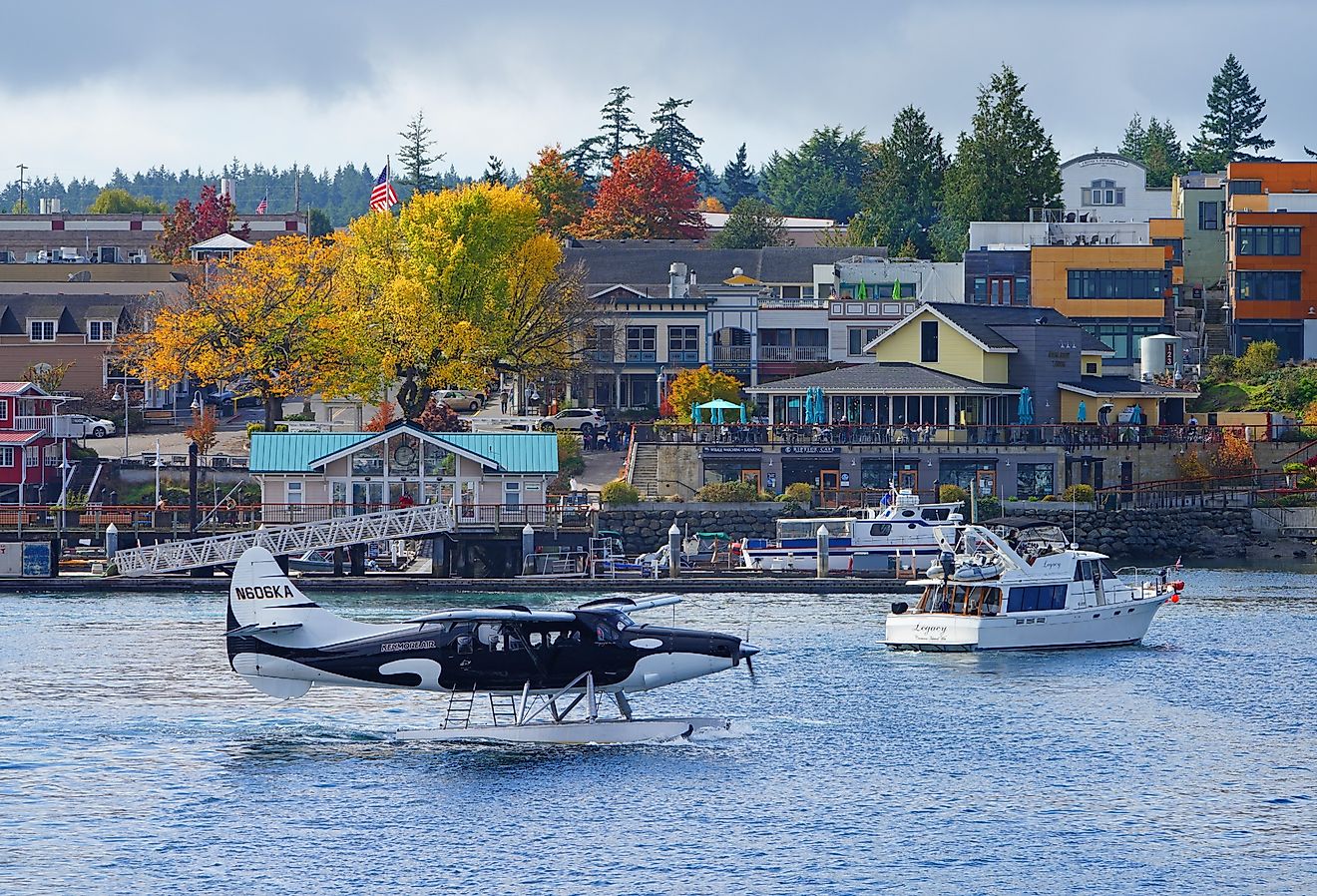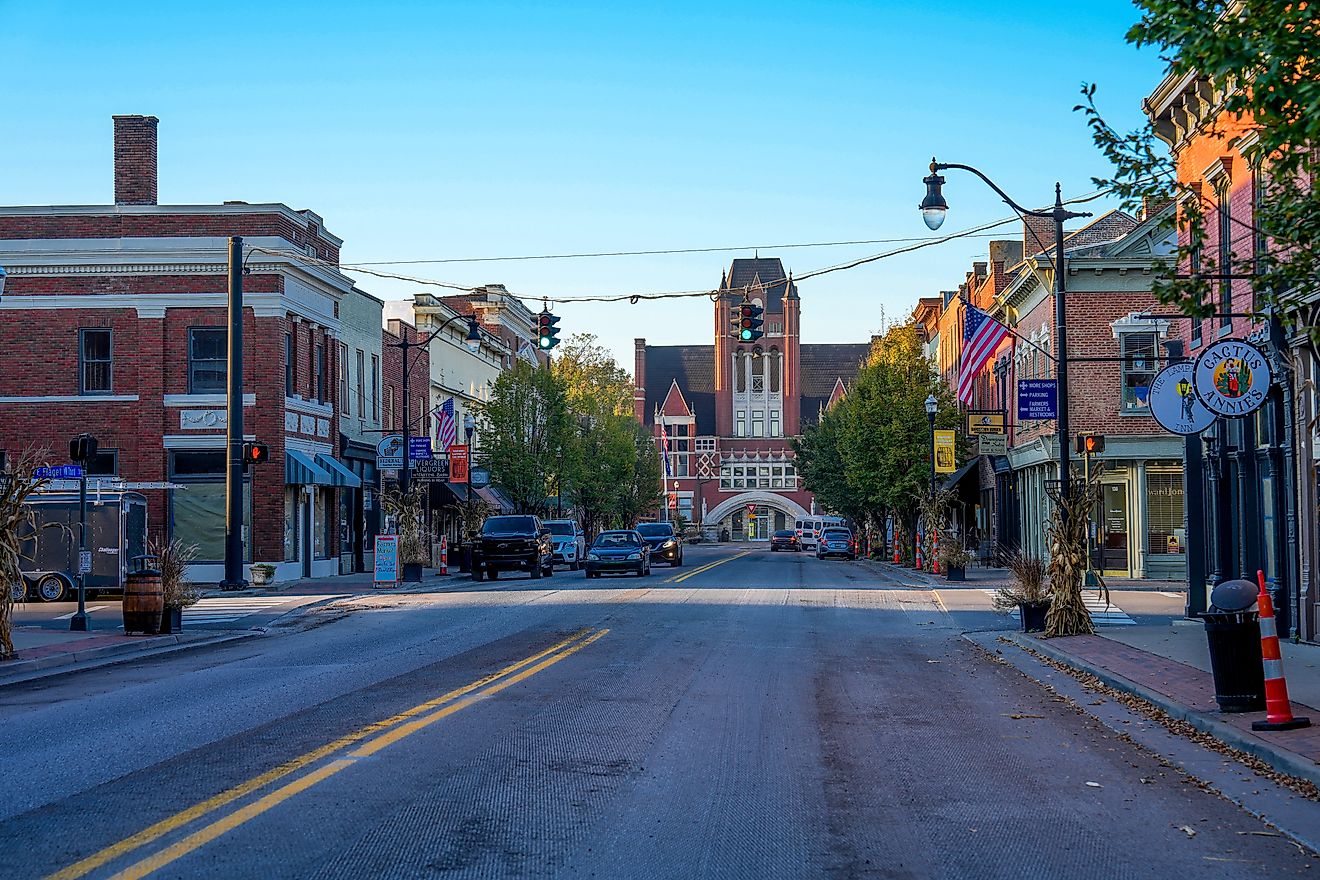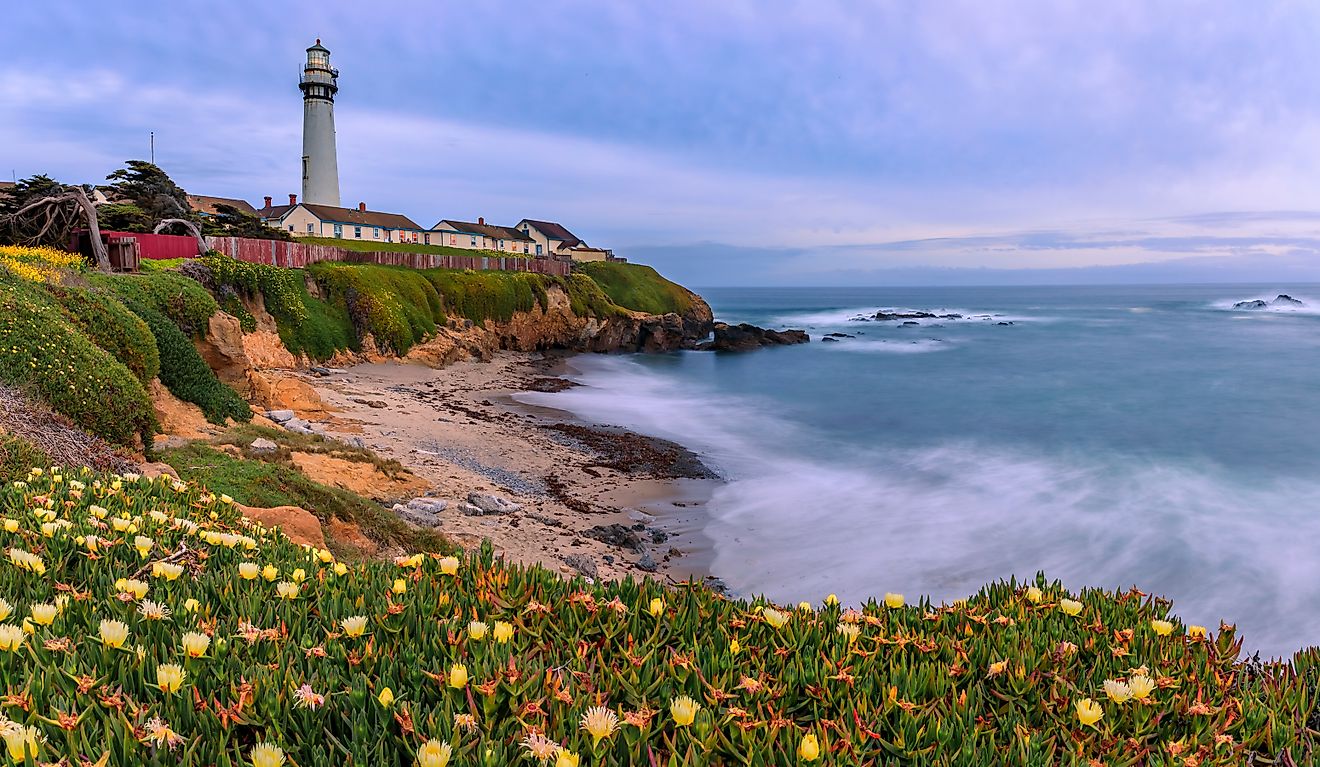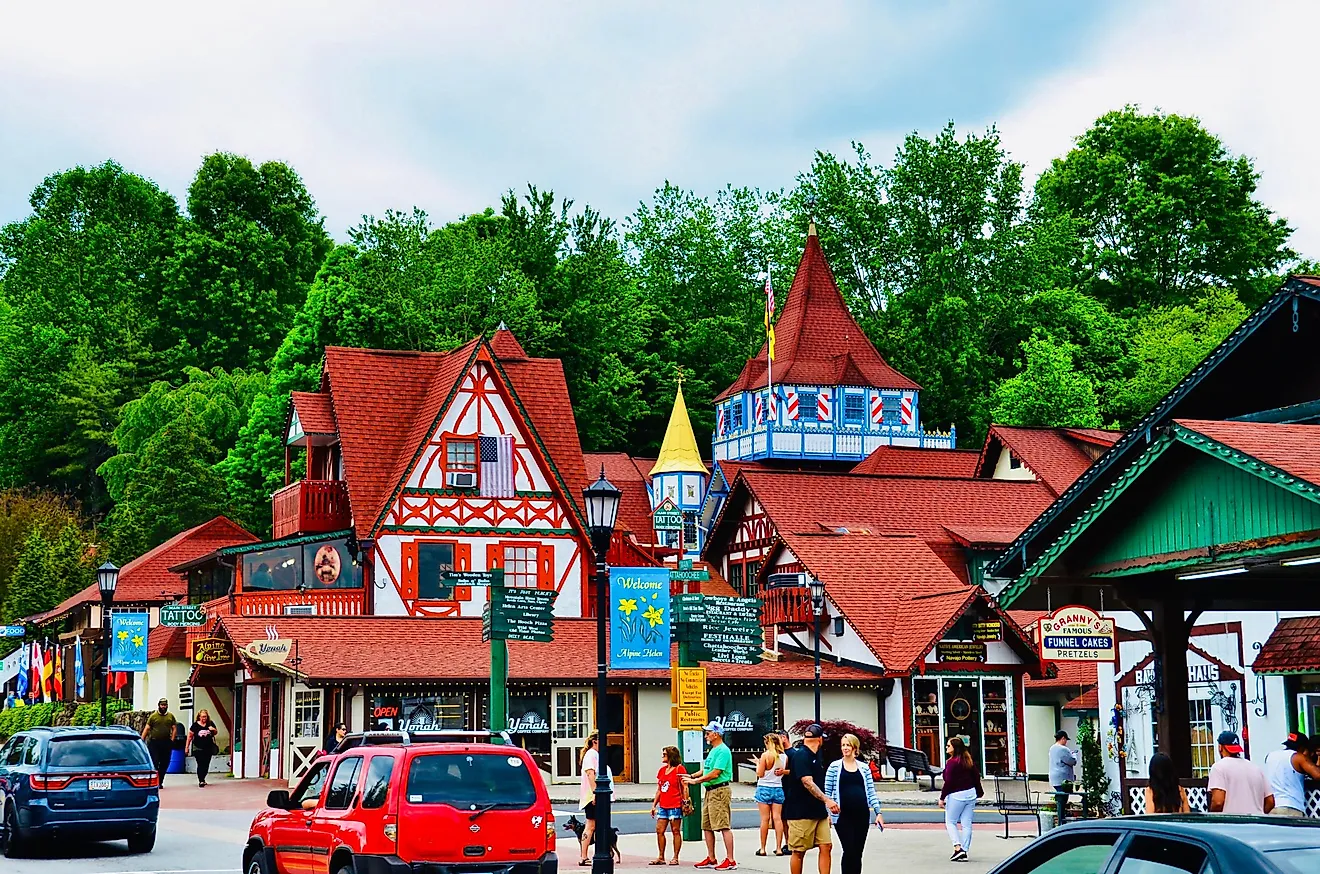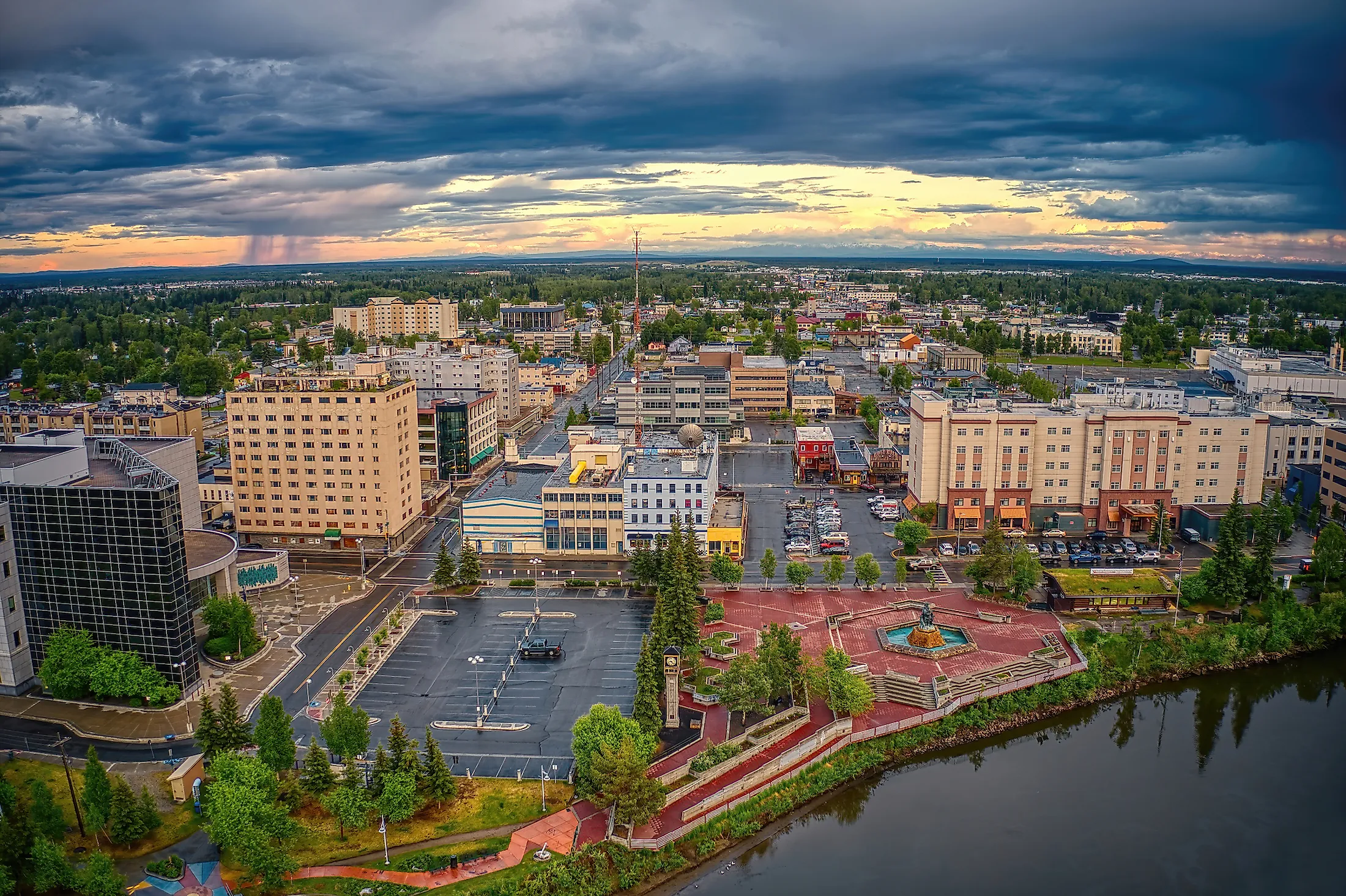
Fairbanks, Alaska
Fairbanks, Alaska, is a place of untouched beauty, where the Northern lights dance in the sky and the midnight sun never sets. Its rich Native Athabascan history runs as deep as the winding waters of the Chena River that brought the first settler there in search of gold. Fairbanks is a town lost in natural beauty with a rich history of pioneers seeking a better life on America's last frontier.
Geography Of Fairbanks
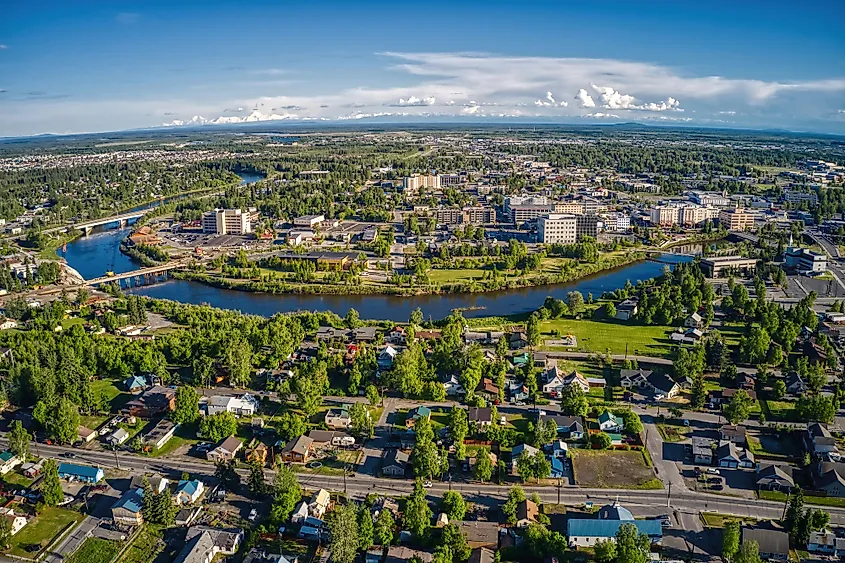
Fairbanks is located in the Alaskan Interior, a centralized section of the state which includes Denali National Park and Preserves. When traveling the Dalton Highway, Fairbanks is 198 road miles south of the Arctic Circle and is situated in the Tanana Valley.
On record, Fairbanks is the coldest city in Interior Alaska, with a minimum temperature of -16.9 degrees Fahrenheit (-27 Celsius). Although near the Denali Mountain Range, Fairbanks rests only 446 ft (135.94 m) above sea level and is the second-largest city in Alaska next to Anchorage.
Climate Of Fairbanks
The climate of Fairbanks is sub-arctic. Thus, this region is prone to long cold winters and short cool summers. The region experiences the solar phenomenon known as the "midnight sun," which runs from Mid-April to Mid-August in the summer months. Here, residents live under 24 hours of daylight for over 70 days, also referred to as "civil twilight."
Brief History Of Fairbanks
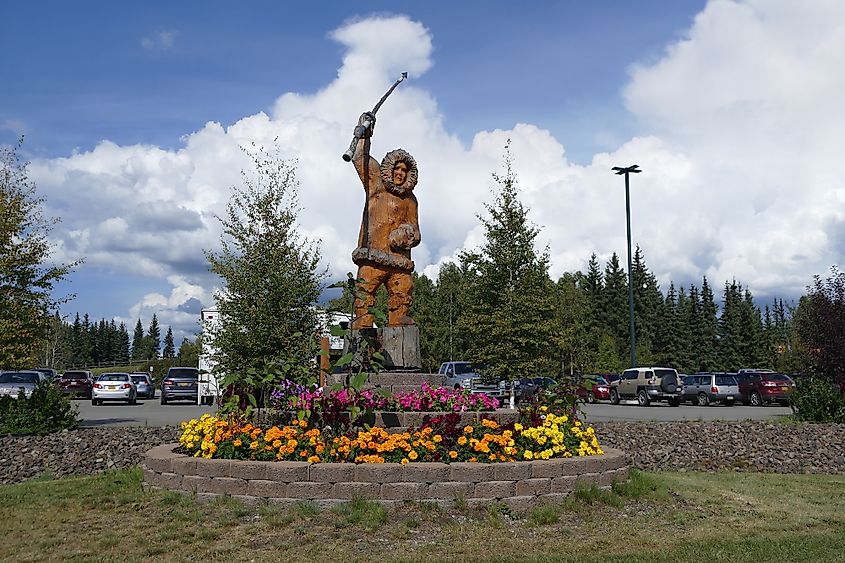
For hundreds of years, the Athabascan Indians occupied the lands around what is known as modern-day Fairbanks. They lived a nomadic lifestyle throughout Interior Alaska and often traveled in small groups to hunt and fish on the Tanana and Chena Rivers. However, it would be Eldridge Truman Barnette (E. T. Barnette), a banker and Yukon riverboat captain, who would bring a crew and merchandise to set up a temporary trading post, the only structure in the area in 1901.
By the early 20th century, the southern banks of the Chena River changed forever when news spread of the presence of gold in the area, which led to hundreds of miners migrating to Fairbanks. By 1903, a permanent settlement was established under the supervision of E. T. Barnette. Like so, he would become the first Mayor of Fairbanks, the largest city in Alaska at the time.
The town of Fairbanks is named in honor of Charles. W. Fairbanks, a former Senator to Indiana. He would later become the 26th Vice President of the country in 1905.
Demographics Of Fairbanks
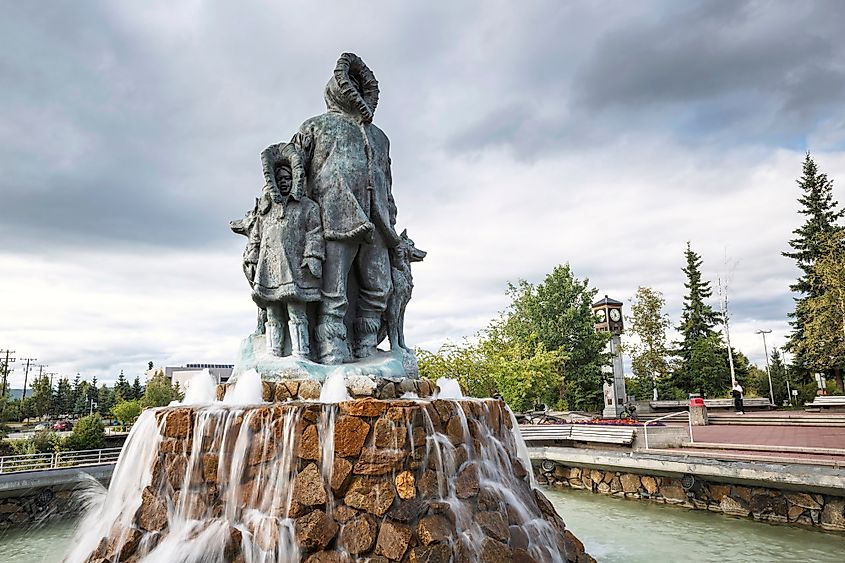
Fairbanks has a population of approximately 32,515 inhabitants in the city proper and 95,655 inhabitants in Fairbanks North Star Borough. There is a population density of 374.2/km sq.(969.3 sq mi). 54% of the population is male and 46% of the population is female, with an average resident age of 28.9 years.
Economy Of Fairbanks
Although tillable land is abundant, agriculture is not a big part of the economy, with perishable items being flown in from the lower 48 states. Agriculture only makes up 0.5% of the economy in Fairbanks. Instead, jobs are made up of the following sectors; retail trade (16.1%), healthcare and social assistance (14.6%), accommodation and food services (12.1%), and public administration (11.4%). Furthermore, gold mining had become depleted on the Chena River by the First World War. Today, mining only makes up 1.5% of Fairbanks's economy, with only two mines outside the city in operation.
Attractions In Fairbanks
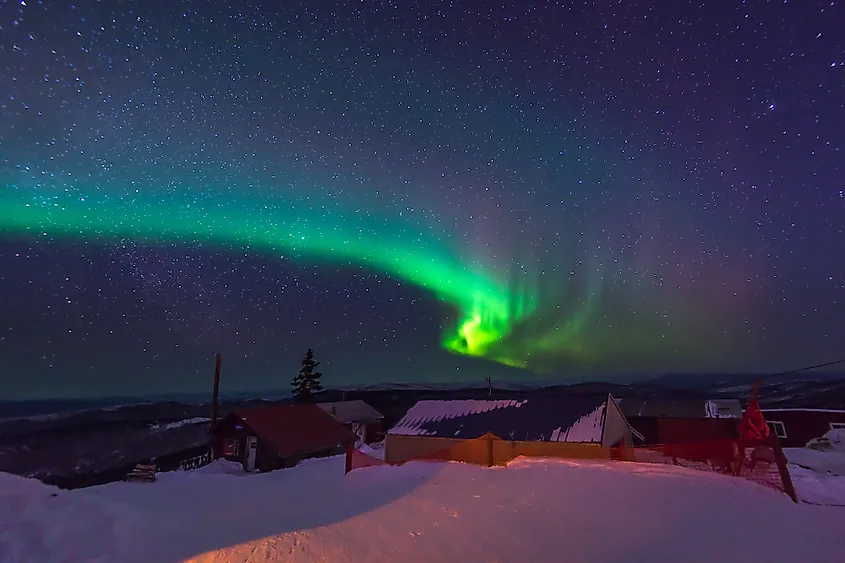
Fairbanks is best known for viewing the Aurora Borealis or Northern Lights from August to April. With 3 hours 42 minutes that make up the shortest day of the year, Fairbanks sits in the Auroral Oval, a geographic area where the Aurora Borealis is concentrated and unaffected by the weather. For best viewing, it is recommended to stay for a minimum of 3 nights.
True to its pioneer nature, tourists can go to the listed National Historic Site of Gold Dredge 8. It is a piece of historic equipment that extracted millions of pounds of gold from the Alaskan pay dirt. Tourists can experience the gold rush for themselves through this hands-on experience. Additionally, Dredge 8 offers a train ride on the historic Tanana Valley Railroad and gold panning activity.
However, the first settlers didn't travel to Alaska by foot – they traveled by riverboat. Through the Riverboat Discovery, you will visit an Athabascan Indian village and learn how these Alaskan Natives thrived for 10,000 years. Following that, tourists will experience a live bush plane demonstration from the riverboat, as the plane takes off a few feet away. Guests will then be transported to the Trail Breaker Kennel, home of 4-time Iditarod Champion Susan Butcher. Today, her children recant the stories of the Iditarod with a live mushing demonstration. The tour ends at the Steamboat Discovery, one of the first trading posts in the area and the first contact with the Athabascan Indians. Here, the Native Alaskan people traded their otter furs to the first settlers, an item of luxury for its waterproof qualities.
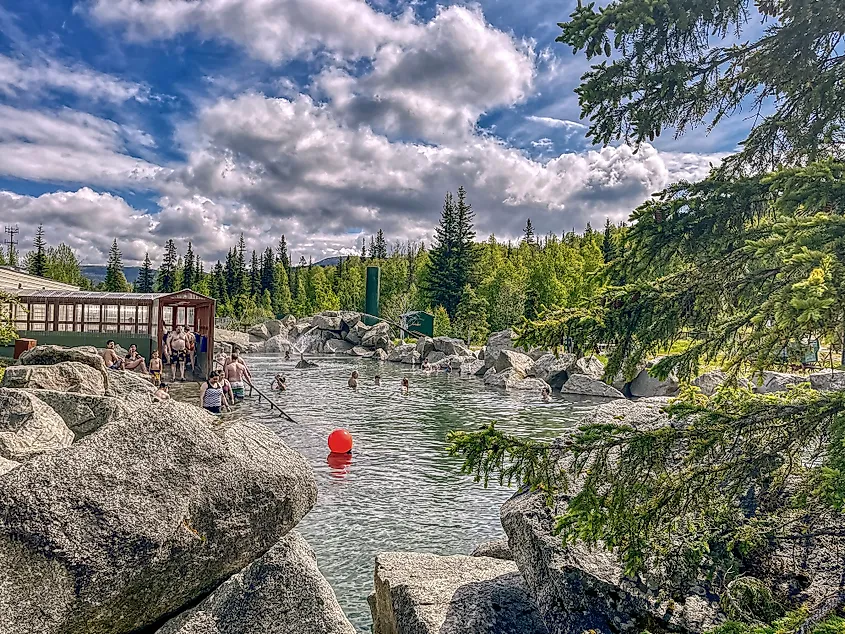
A unique town tucked away in the Tanana Valley, Fairbanks, Alaska, will leave one in awe of its natural and untouched beauty and diverse landscapes ranging from snow-capped mountains to the pristine and winding rivers of the once gold-laden Chena River. Whether it is summer or winter, there is something here for everyone, from playing golf at midnight to sipping hot cocoa while gawking at the breathtaking Northern Lights. There is no shortage of history to be learned, from exploring the ways of the Athabascan Indians to panning for gold as miners did over a century ago.
